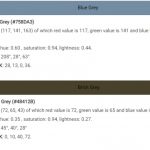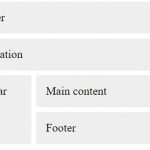A lot of us have heard about the term “pass the hash” when we are talking about passwords, but what does it mean? A Pass-the-Hash (PtH) attack is a way for hackers to gain access to sensitive information on a computer. This type of attack happens when an attacker gets into your network and steals your password hashes.
Pass-the-hash is a type of password guessing attack in which an attacker tries to authenticate to services by using the hashed passwords from the Active Directory database. These hashes are often known as NT hash or LAN Manager hash. This article will explore this type of attack, how it works and provide some tips on how you can protect your organization against PtH attacks.
While it is possible for PtH attacks to occur on Linux and Unix, they primarily impact Windows systems.
Here’s how you can protect yourself against this type of attack:
1) Install antivirus software that includes anti-malware protection
This will help to keep your system secure and free of viruses, worms, Trojans, rootkits and other malware. You can also install a firewall on the server as an extra layer between you and internet threats.
2) Update operating system patches
This will help to protect against vulnerabilities in your operating system. There are also many additional security patches that can be applied, such as installing updates from Adobe Flash Player and Java.
3) Use different account permissions
Separate Windows users’ privileges to different types of privileged and non-privileged accounts, which can reduce the scope of usage for administrator accounts as well as reduce our risks and opportunities.
4) Use strong passwords
You should enforce strong passwords for all websites, accounts and services. The longer and more complex a password is, the harder it will be to crack or guess by automated means.





